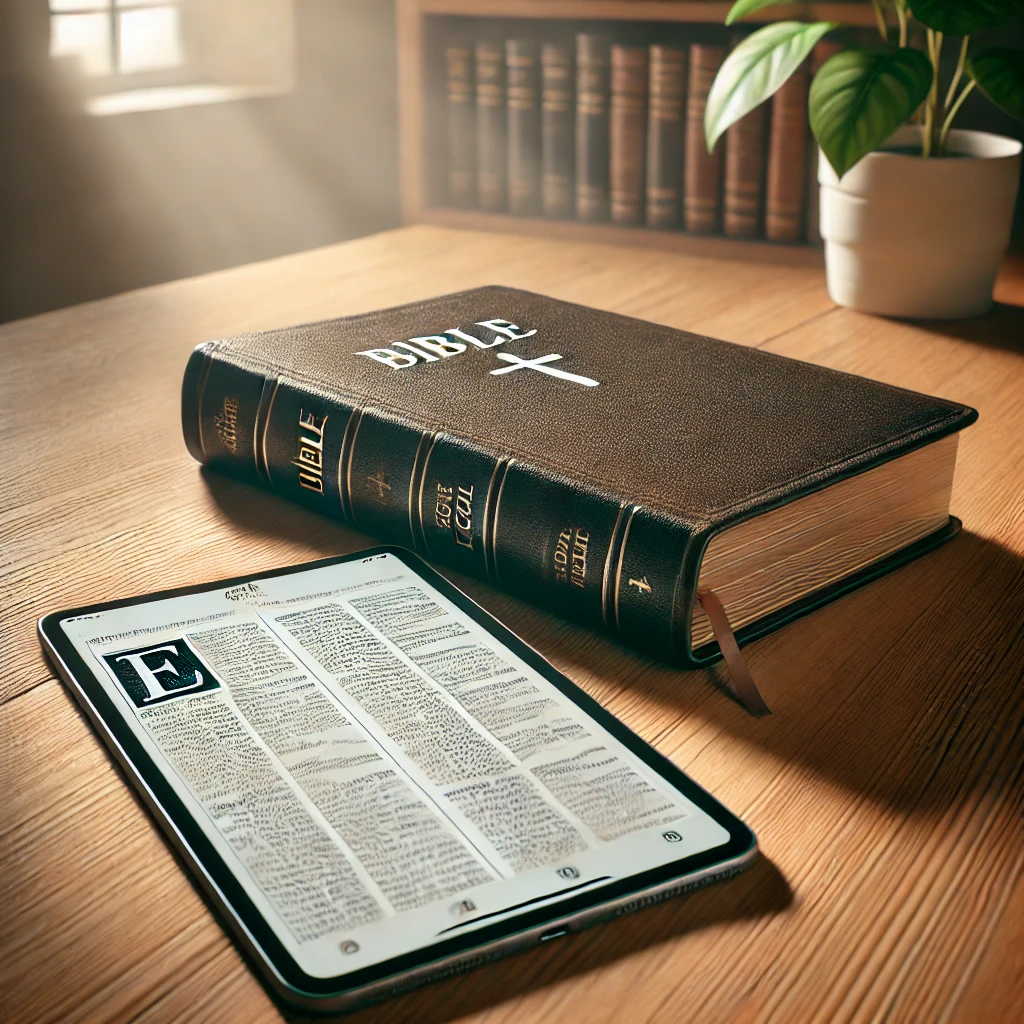The Bible is the most influential book in history, shaping cultures, inspiring faith, and offering hope to billions of people worldwide. But how did this sacred text come to be? Understanding the Bible’s history helps us appreciate its divine inspiration, its journey through time, and the incredible care taken to preserve God’s Word.
What Is the Bible?
The Bible is a collection of 66 books divided into the Old Testament and the New Testament. Written over 1,500 years by more than 40 authors, it contains diverse genres like history, poetry, prophecy, and letters. Despite its variety, the Bible tells a unified story of God’s plan for humanity, centered on Jesus Christ.
The Origins of the Old Testament
The Old Testament, or Hebrew Bible, is the first part of the Bible, written primarily in Hebrew with some sections in Aramaic. Its books were written between 1500 BC and 400 BC, beginning with the Law of Moses (Torah) and continuing through historical records, wisdom literature, and prophetic writings.
Key Milestones:
- The Torah: The first five books (Genesis, Exodus, Leviticus, Numbers, Deuteronomy) were written by Moses around 1400 BC. These books establish the foundation of God’s covenant with Israel.
- The Prophets and Writings: Over centuries, inspired leaders like Isaiah, Jeremiah, and David contributed books of prophecy, wisdom, and poetry.

Preservation:
Jewish scribes meticulously copied the texts, ensuring incredible accuracy. The discovery of the Dead Sea Scrolls in 1947 confirmed the faithful preservation of these ancient scriptures.
The Formation of the New Testament
The New Testament focuses on the life, death, and resurrection of Jesus Christ, as well as the early church. It was written between AD 50 and AD 100 in Greek by apostles and their close companions.
Key Milestones:
- The Gospels: Matthew, Mark, Luke, and John provide four accounts of Jesus’ life and teachings.
- Paul’s Letters: The Apostle Paul wrote epistles to churches and individuals, addressing theology, faith, and Christian living.
- Revelation: John’s apocalyptic vision of the end times concludes the New Testament.
Preservation:
Early Christians valued these writings as sacred. They were copied and shared across the Roman Empire, despite persecution.
The Canonization of the Bible
The process of canonization determined which books were divinely inspired and should be included in the Bible. The Old Testament canon was recognized by Jewish leaders by 400 BC. For the New Testament, early church councils in the 4th century confirmed the 27 books we have today.
Criteria for Inclusion:
- Apostolic authorship or connection.
- Consistency with the teachings of Jesus and the apostles.
- Widespread acceptance by the early church.
Translation and Spread of the Bible

As Christianity spread, so did the need to translate the Bible into different languages.
Key Milestones:
- The Septuagint (3rd–2nd Century BC): The Old Testament was translated into Greek, making it accessible to the wider world.
- The Vulgate (4th Century): Jerome translated the Bible into Latin, becoming the standard version for centuries.
- The Reformation Era: Martin Luther’s German translation and William Tyndale’s English translation made the Bible available to ordinary people.
Today, the Bible has been translated into over 3,600 languages, reaching people worldwide.
The Bible in Modern Times
The invention of the printing press in the 15th century revolutionized Bible production, making it more accessible than ever. Modern technology continues this trend, with digital Bibles, apps, and audio versions allowing people to engage with Scripture anywhere.
The King James Version (1611) remains one of the most influential translations, while modern versions like the NIV and ESV aim for clarity and accuracy.
Why the Bible Endures
The Bible’s history is not just about its survival but also its impact. It has transformed lives, inspired movements, and shaped societies. More than a historical artifact, the Bible is the living Word of God, relevant and powerful for every generation.
- “For the word of God is alive and active. Sharper than any double-edged sword.” (Hebrews 4:12)
FAQ: The History of the Bible
1. Who wrote the Bible?
The Bible was written by more than 40 authors over a span of 1,500 years. These authors included prophets, kings, apostles, and ordinary people inspired by the Holy Spirit.
- “All Scripture is God-breathed and is useful for teaching, rebuking, correcting, and training in righteousness.” (2 Timothy 3:16)
2. What languages was the Bible originally written in?
The Old Testament was written primarily in Hebrew, with some parts in Aramaic. The New Testament was written in Greek, the common language of the Roman Empire during the first century.
3. How was the Bible preserved over time?
The Bible was meticulously copied by scribes who followed strict guidelines to ensure accuracy. Discoveries like the Dead Sea Scrolls confirm the remarkable preservation of these ancient texts. Early Christians also made numerous copies of the New Testament, spreading it widely despite persecution.
4. What does “canon” mean in relation to the Bible?
The “canon” refers to the official collection of books recognized as divinely inspired and authoritative. The Old Testament canon was established by Jewish leaders, while the New Testament canon was confirmed by early church councils in the 4th century.
5. What are the most influential Bible translations?
Some of the most influential Bible translations include:
- The Septuagint (Greek): The first major translation of the Old Testament.
- The Vulgate (Latin): The standard Bible for the Western Church for over 1,000 years.
- The King James Version (English): Known for its poetic language and influence on English literature.
- Modern translations like the NIV and ESV aim for clarity and accuracy.
6. How many languages has the Bible been translated into?
The Bible has been translated into over 3,600 languages, with ongoing efforts to translate it into more languages so everyone can access God’s Word in their native tongue.
7. Why are there so many versions of the Bible?
Different versions exist to address language changes, readability, and translation philosophies. Some, like the KJV, prioritize formal equivalence (word-for-word translation), while others, like the NLT, aim for dynamic equivalence (thought-for-thought translation).
8. Is the Bible historically reliable?
Yes, the Bible is supported by extensive historical and archaeological evidence. Manuscript discoveries, such as the Dead Sea Scrolls, affirm its accuracy, and many historical events described in the Bible align with external records.
9. How can I start studying the Bible?
Start with prayer and choose a version you find easy to read. Begin with accessible books like John or Psalms. Also you could try to use study tools, such as commentaries or Bible apps, to gain deeper understanding.
Have More Questions about the History of the Bible?
If you have additional questions about the history of the Bible, feel free to ask in the comments below! Our community is here to help you explore and deepen your understanding of God’s Word.
Conclusion: History of the Bible
The Bible’s journey from ancient scrolls to the digital age is a testament to its divine origin and enduring relevance. It has been preserved, translated, and shared so that all people can know God’s truth and His love.
Would you like to explore specific parts of the Bible’s history or learn how to study Scripture effectively? Join our newsletter for more insights into God’s Word and its timeless message.

